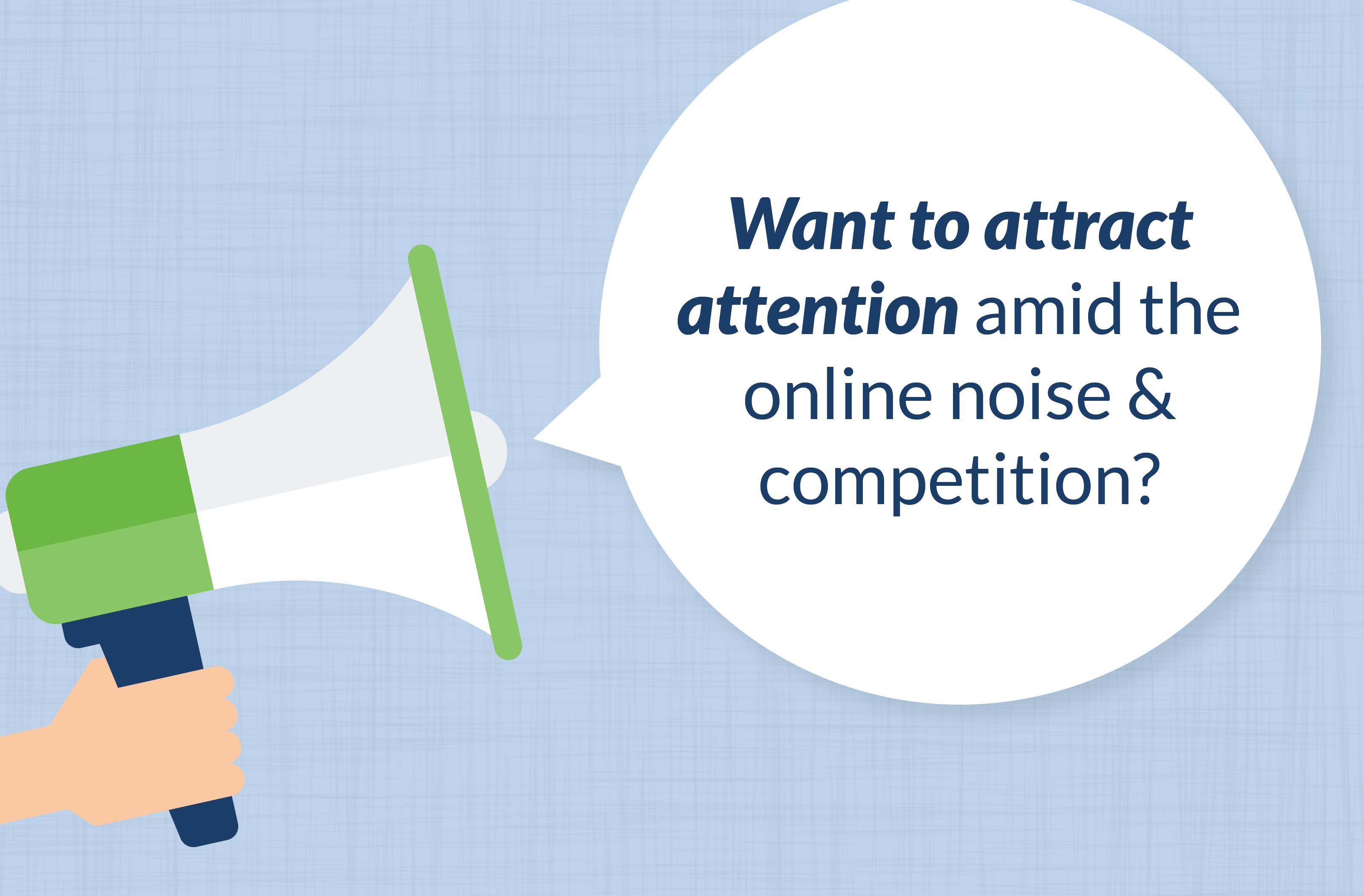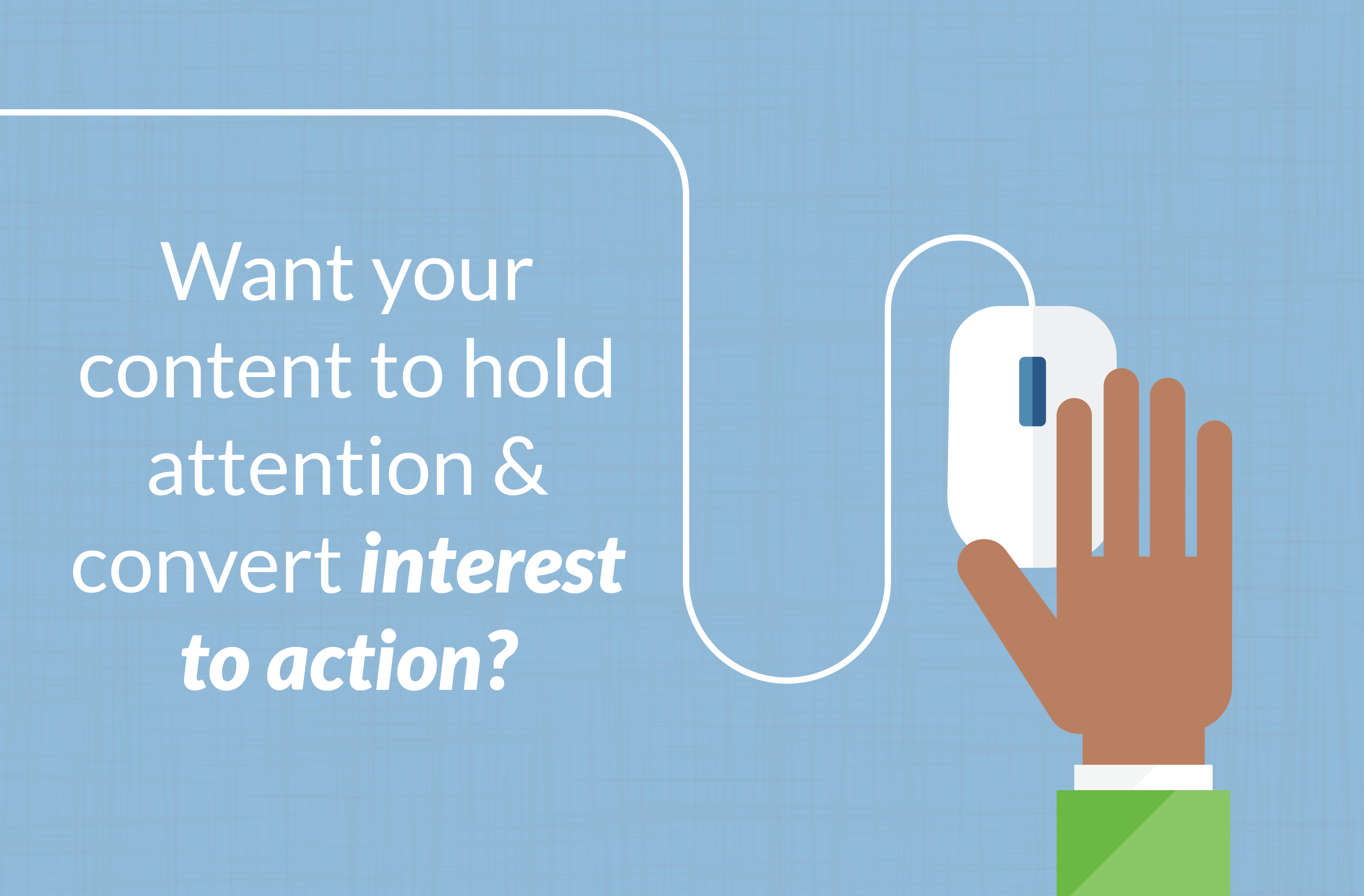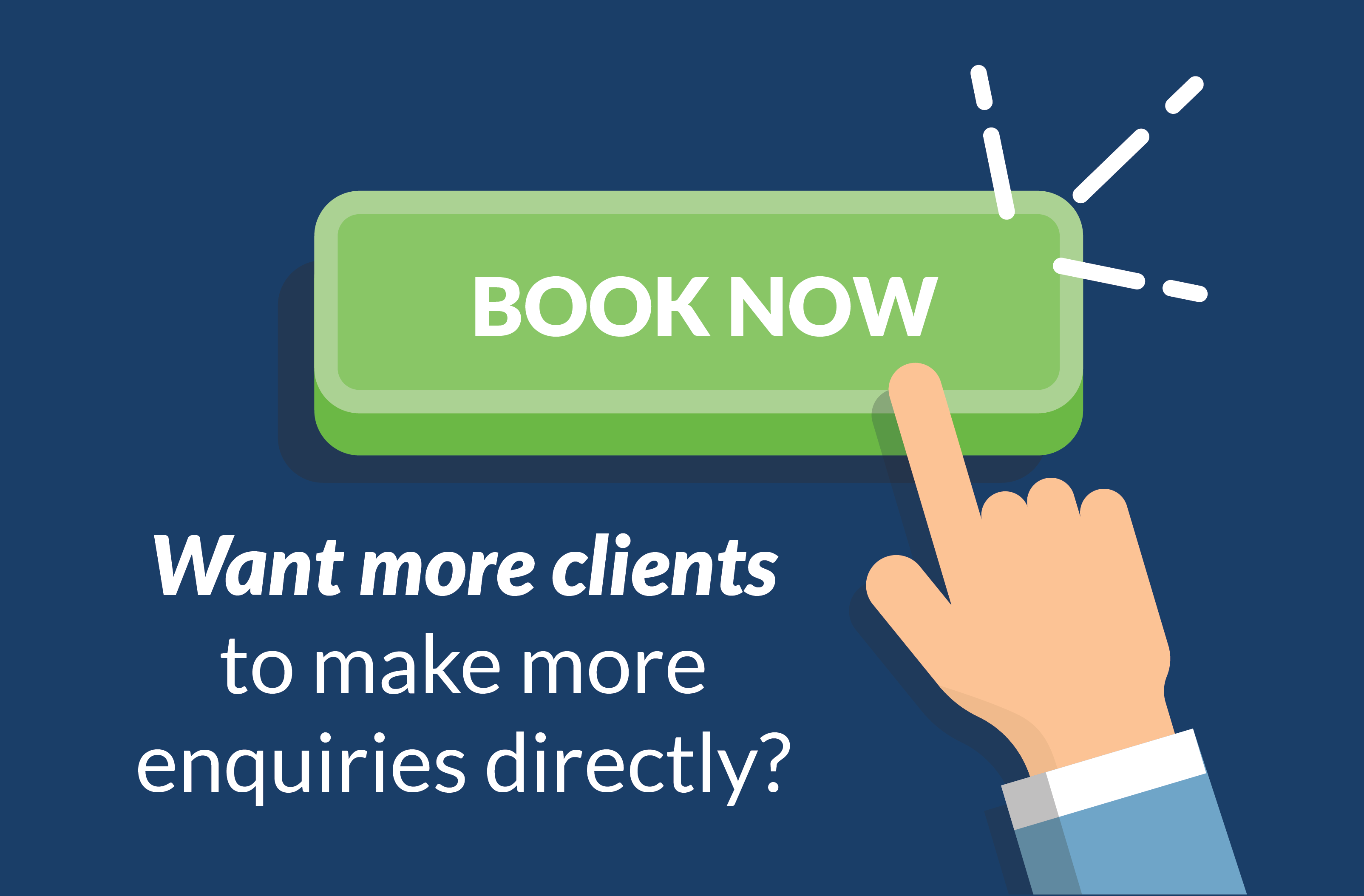Can’t you just see yourself there, face bathed in the waning warmth of an eventful day? Vivid imagery tells stories that infiltrate the heart and the imagination. Travel content supported by tech tricks and digital magic – some of it sneaky, some of it obvious – take this persuasive power to a higher level and get people looking, clicking, dreaming, buying and travelling.
The story of digital storytelling
Brands hoping to promote and grow their business must forever search for better ways to communicate who they are and what they represent. Digital storytelling is about optimising the digital space with content that effectively engages bigger audiences. It takes the audience on a sensory journey of seeing, hearing and clicking along a path of discovery.
Digital stories are made of multimedia content by way of photographs, videos, animation, music, text, sound, to tell a story to your clients.
Institute of Excellence
In the tourism context, it strategically focuses on your target audience, rather than diluting content to suit everyone. Start by defining your core audience, understand why and how you serve them; then build your story around that with destination, products and experiences, staff, brand history and growth snapshots.

How to attract attention
- Media-rich content
- High-resolution landscape photos
Research shows that images of food and human faces are among the best for attracting attention, made even more powerful with any kind of moving effect – videos, virtual tours, slideshows, even GIFs. Profile your destination and products with snippets in varied formats, curated into one presentation that makes viewers want to see more and experience it.
Key advantages of rich media creatives include: an engaging user experience leading to higher interaction rate; increased conversions, click-throughs, & view rates
Those shimmery, golden sunset tones, for example, suggest sensual relaxation; the shadows promise the anonymity of escape. Psychology works on so many nuanced levels, it’s mind-boggling. The Social Science Research Network found that 65% of people are visual learners.
Photographers can advise on focus, positioning, angles and light – what draws the eye and how composition guides a viewer. The science of photography has techniques to get viewers exploring images for longer (Rule of Thirds), to produce dynamic images with added interest and intrigue (Curves and Leading Lines), and to add depth and context to images (Framing).
The role of colour in marketing psychology comes into play with the emotions you wish to evoke. Boost the effect with images of people expressing the same emotions. Remember to add pics of yourself and your team – brand stories need human narrators. Finally, fill the screen with high-resolution imagery, made-to-fit any mobile device. Leave no room for distractions!
Images communicate better than a string of words. So, don’t tell. Show.
Did you know that 73% of Americans binge-watch videos on TV or other devices? According to Newscred, 90% of them are millennials. Videos and virtual tours draw viewers into what they see until they envision themselves in that destination, doing those activities, staying in that accommodation, etc. Provided you can deliver your brand message in the first 3 seconds, you can exploit this emotive medium in direct response to the shift from reading to on-demand viewing. Accessible any time, anywhere, video satisfies instant gratification and FOMO – joint curse and blessing of modern consumption.

How to hold attention and convert interest
- Engage with interesting info
- Write for demand and attention span
- Provide an interactive buyer experience
Products need succinct, detailed descriptions that tell audiences everything they need to know, especially about activities, day tours and excursions. Remember, they’re inundated with content online, tired of the hard sell, and have a super-short attention span. Teach, help and guide them – keep their focus on your brand. The Digital Marketing Institute warns that the average person only reads 20% of text on a regular web page; so let imagery tell the bulk of your story.
Text must be accurate, up-to-date, SEO-friendly and easily accessed. Tell your story in dynamic segments, with user-friendly navigation rather than bombard viewers with everything at once and risk losing them. Provide tidbits to start, with opportunity to dig deeper for more info. Giving them choices gives your audience power! Linked imagery enable viewers to click on what they want to view as they’re drawn into a content exploration.
..as the proliferation of devices has grown, consumers now take a longer & more multi-screen journey from initial awareness, through research, & eventually to booking or making a purchase.
SPOTX
This is how to retain interest; and the longer they spend on your site, the closer you bring them to that golden CTA. Even if they step away to consider their options, they’ll know to return to your site to resume the purchasing journey. Your digital story only ends when they make a decision to buy, because you’ve persuaded them to click all the way through.

How to inspire and facilitate action
- Involve the traveller in the story
- Make it easier to enquire and book
The great thing about your story being digital is it’s always available and accessible for repeat visits ..and it’s shareable. You can involve your audience by inviting them to share it on social media, putting your brand together with a recommendation or ‘like’ inside their online communities. When they share their own pictures and stories of your products, they become part of your story – UGC supplements your content and costs you nothing! But it gives your brand credibility among other travellers, making you look like an amazing brand to connect with.
..the audience can join in the storytelling process, thus impacting positively on engagement & facilitating the development of long lasting relationships.
Digital Tourism Think Tank
Now that your story has drawn the viewer in, intrigued, inspired and informed them, they’ll be ready to make a decision. Easy does it. Visible options to enquire, check availability, book and pay online, eradicate friction from the process. People are motivated to act by different stimuli, so provide sufficient link-ups to this end of the buyer journey. Some may be persuaded by the animal or pet-friendly experiences you offer or by the view from your ocean-facing suites. One of your specials may be the decider if it coincides with a local foodie event. At this stage, their urgency to act will require a swift, effective mouse-click in response.
You need to hit what we call the ‘search sweet spot’—a wide range of content, delivered quickly, that’s relevant to the traveler’s needs. Content, speed & accuracy.
PhocusWire
Prominent direct contact details, enquiry and booking options with access to a booking software system for live availability checks, accentuate your tech savvy tale. Present your content as an end-to-end service, exactly what modern travellers demand!
A good story starts its audience with dreaming, guides through planning, then gains traction in the booking, travel and post-travel stages. It shows that you’re invested in the client journey, not just making sales. The way to a traveller’s heart is through digital storytelling: attract, retain and convert that interest, and develop mutually beneficial relationships with your clients.


Would you like to share your thoughts?
Your email address will not be published. Required fields are marked *